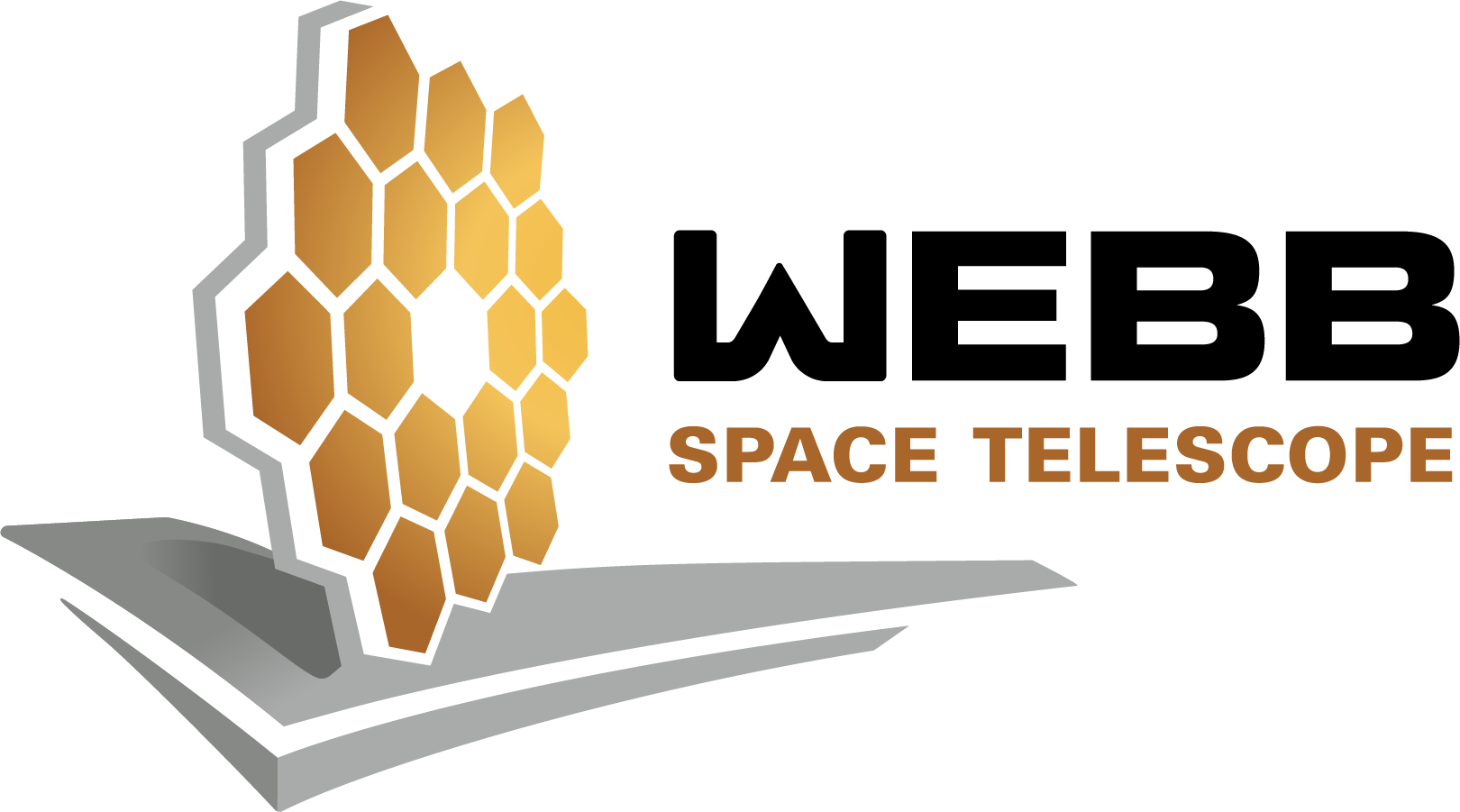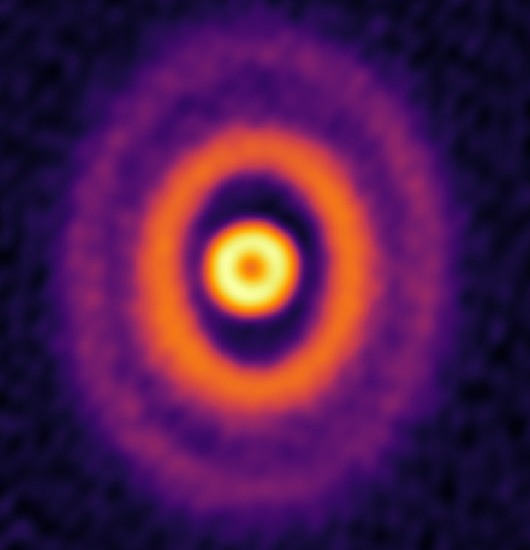
Welcome to the tenth of our monthly newsletters. We will be bringing this to your mailbox around the middle of each month (except when it’s late, like this month), to keep you informed about Planetarium and Friends news, as well as happenings in the world of astronomy and events in our area related to science education. Visit the website for more news updates and a list of our articles.

Hubble takes 31st anniversary image
In the image to the left the Hubble Space Telescope captures the death throes of giant star
AG Carinae. We see emissions from an expanding 10,000 year old nebula of hydrogen and nitrogen plasma surrounding the star.
Dark Skies Ordinance To Dim Pittsburgh’s Light Pollution
In order to combat the scourge of light pollution that obscures the splendor of the night sky
from nearly all of us, Pittsburgh has become the
first city in the U.S. to pass a comprehensive ordinance
that orders the replacement of all of its streetlights with lights that conform to recommendations of the
International Dark Skies Association.

Alice Monet Gives Presentation About Chaco Canyon
On October 10th Board member and astronomer Alice Monet
gave a riveting, free online presentation about
Chaco Culture National Historical Park and her visit there. Don't despair if you missed her presentation: you can go here to
watch the video.

Coming Right At Us
Comet Bernardinelli-Bernstein is one of the biggest, perhaps the biggest, ever observed. And it’s hurtling towards us like the deadline for our next article. In a mere decade, it will make its closest approach to fragile Planet Earth: a trifling billion miles. This thing’s nucleus is about 93 miles wide. It’s a big comet. But while the rest of us are cowering in fear, the astronomers are all excited. They’ll get a close look at an ancient witness to an earlier part of our solar system’s history. Too close, I say. In the upper left is a diagram of the orbit of the death comet, to assist you in getting out of the way.
Ivan Dryer, Father of the Laser Light Show
In the late 1960s a young filmmaker and amateur astronomer named Ivan Dryer was impressed by the vividness of the light in a laser art project. He felt that the best way to experience laser art was as a live performance, so he formed a company to create shows using moving laser light, which he called Laserium.
Dryer had ties to the Griffith Observatory planetarium in Los Angeles, and presented a demo of his new technology to the planetarium, but was rejected. Three years later, after more technical development and another demonstration, Dryer was able to get a temporary permit to present his Laserium shows in the Griffith planetarium. The first performance, on November 19, 1973, was very popular, and Laserium shows continued at the Griffith for the next 28 years!
Millions of people have since attended Laserium and other laser shows, and many planetariums have installed laser shows to entertain audiences in the dome.
Contributed by
Kathi Overton.

Seeing Farther into the Universe: A look at the James Webb Space Telescope
Join the Friends of Arlington’s David M. Brown Planetarium as we host a Discovery Day to learn about the new James Webb Space Telescope! The JWST, which will be launched in December, is the biggest, most sensitive space-based observatory ever built.
Unlike the famous Hubble Space Telescope, the JWST will look at the universe in the infrared wavelengths. But what does that mean? How does it work? What will the JWST see?
Come to the event to learn all about it! (Portions of the event will be streamed live, for those who cannot attend in person):
Sunday, November 14, 2021
2:00pm - 5:00pm
For updates and details, stay tuned to our website. Contributed by Kathi Overton.

Astronomers May Have Discovered First Planet to Orbit 3 Stars
Observations made with the ALMA telescope of dust rings surrounding
GW Orionis, a triple star system 1300 light-years away, suggest that there may be one or more gas giant type planets
orbiting the three stars. About half of the planetary systems in the universe seem to contain more than one
star, but this is the first possibly direct observation of a planet orbiting a triple star system.
Edited by Lee Phillips